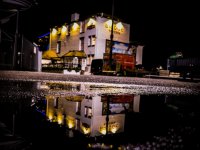- Messages
- 29
- Name
- Gene
- Edit My Images
- No
Hi TP group,
Looking to get my 1st dslr and I'm looking to the canon 850d but the body only as I keep watching and reading reviews and they mention that the kit lenses are not well suited for this camera.
Should I get the kit with lenses or just buy some other ones?
I have my eye on a sigma 35mm art lenses.
Thanks Gene
Looking to get my 1st dslr and I'm looking to the canon 850d but the body only as I keep watching and reading reviews and they mention that the kit lenses are not well suited for this camera.
Should I get the kit with lenses or just buy some other ones?
I have my eye on a sigma 35mm art lenses.
Thanks Gene







